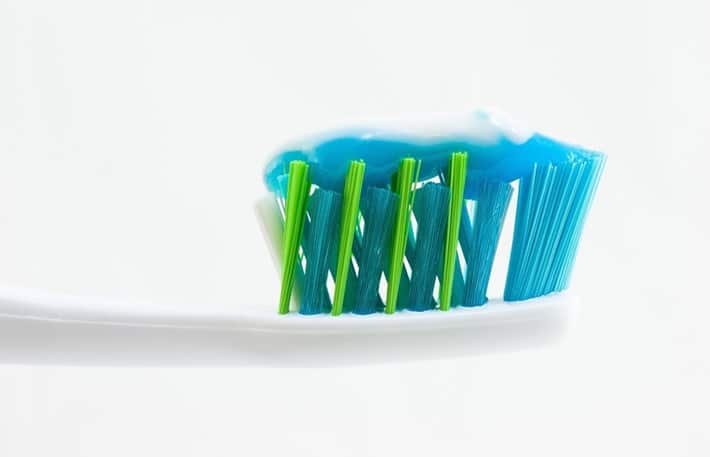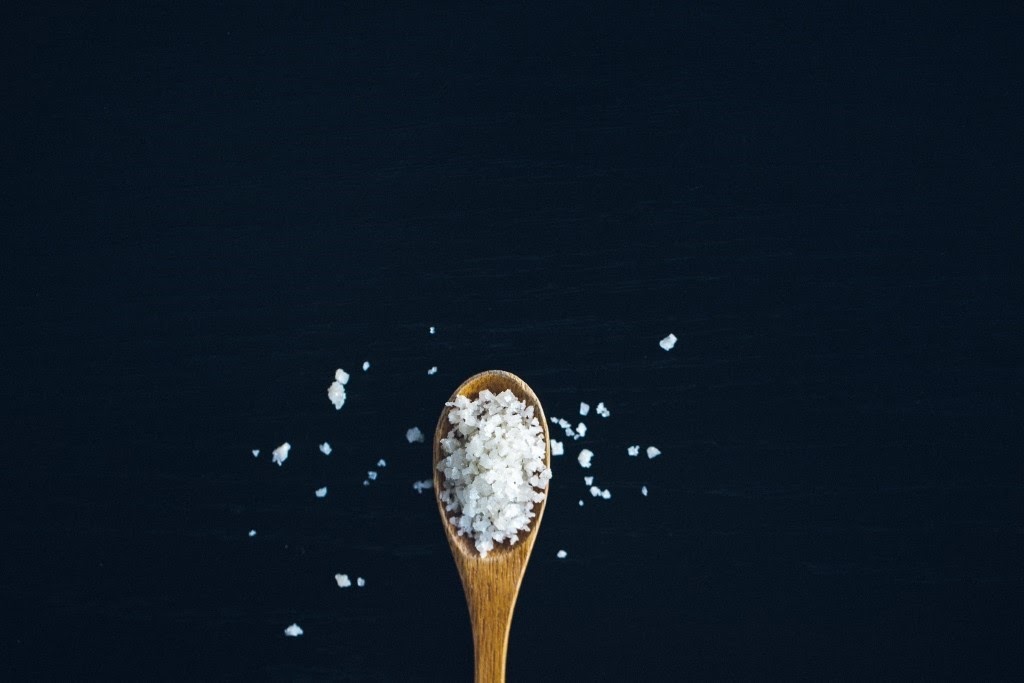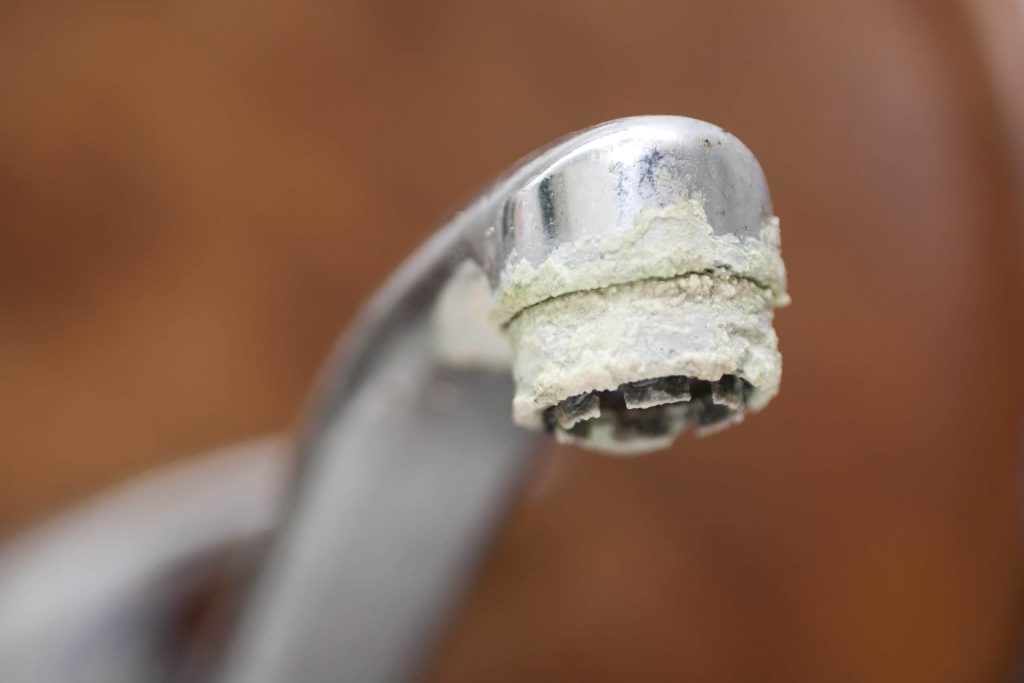An odorless and tasteless metallic element, chromium, is discovered in rocks, plants, soil, volcanic dust, and animals.
There are two types of chromium commonly found in the environment — chromium III and chromium-6, otherwise known as hexavalent chromium.
Crucial to human diet, chromium III originates from vegetables, fruits, meats, grains, and yeast.
Chromium 6, on the other hand, is employed in electroplating, stainless steel production, leather tanning, textile manufacturing, and wood preservation.
Through these various industrial processes, hexavalent chromium enters our drinking water sources.
The toxin first caught America’s eyes when law clerk Erin Brockovich discovered that Hinkley, California had some of the highest concentrations of chromium-6 in their ground water.
At 580 parts per billion (ppb), the level was 58 times greater than California’s then-current drinking water standard of 10 ppb.
The contaminant has been discovered in 30 percent of drinking water sources in California; however, a majority are at concentrations under the state’s limit.
In 1991, the Environmental Protection Agency (EPA) set a total chromium limit of 100 ppb, which includes all forms of chromium, including hexavalent chromium.
Understanding the potential health risk that chromium-6 can cause, the EPA set a limit for the current drinking water standard that presumes that the amount of total chromium measured is 100 percent hexavalent chromium.
However, even at minute amounts, the carcinogen can bring about detrimental health effects; therefore, such an exposure would put the public’s health at risk.
Of the 60,000 water samples collected by the EPA, the Environmental Working Group (EWG) discovered that 1,370 counties had water that contained levels of chromium-6 above California’s limit. While only one public water system had exceeded EPA’s total chromium level, two percent of them had surpassed California’s chromium-6 standard.
Traces of the toxin can be found in water companies serving as many as 218 million Americans, which could be detrimental to their health. Most people hold the misconception that city water is “safer” than well water because well water is untreated, but many municipal water companies around the nation collect groundwater and mix it with municipal water, which could expose your family to the carcinogen, even in very small doses.
A solution to this would be a filter that removes volatile organic chemicals from your drinking water.
In 2008, hexavalent chromium was added to California’s Proposition 65 list of toxic substances.
While the majority of risks are linked to inhaling the toxin, recent data revealed that ingesting the carcinogen can also be harmful to your health.
While California’s limit for chromium-6 is 10 ppb, the Office of Environmental Health Hazard Assessment (OEHHA) established a Public Health Goal (PHG) of 0.02 ppb for the toxin. The number is predicated on the possible effects on the entire population, including high-risk groups such as children, pregnant females, and the elderly.
With the inclusion of our
VOC auxiliary filter to the Kinetico K5 Drinking Water Station, the system is certified to remove 99.999% of contaminants in your water, more than any other residential reverse osmosis drinking water system.
By filtering out carcinogens such as chromium hexavalent,
PFOS, and PFOA, you and your family can enjoy up to 40 gallons of the best-tasting, highest-quality drinking water available.
If you are interested in learning more about our drinking water station, sign up for a
FREE onsite water consultation, or give us a call at 408 371 5521 NOW!
Sources cited
Courtney Norris, “What is chromium-6 and how did it infiltrate America’s drinking water?” PBS, 2016,
https://www.pbs.org/newshour/science/chromium-6-wash-many-drinking-supplies
Clean Water Action, “The Dangers of Hexavalent Chromium (Chromium 6) in California Drinking Water,”
https://www.cleanwateraction.org/features/dangers-hexavalent-chromium-chromium-6-california-drinking-water
Marla Cone, “Chromium in Drinking Water Causes Cancer,” Scientific American, 2009,
https://www.scientificamerican.com/article/chromium-water-cancer/
Susan Scutti, “New report finds ‘Erin Brockovich’ chemical in US drinking water,” CNN, 2016,
https://www.cnn.com/2016/09/20/health/chromium-6-in-drinking-water/index.html
United States Environmental Protection Agency, “Chromium in Drinking Water,”
https://www.epa.gov/dwstandardsregulations/chromium-drinking-water 


